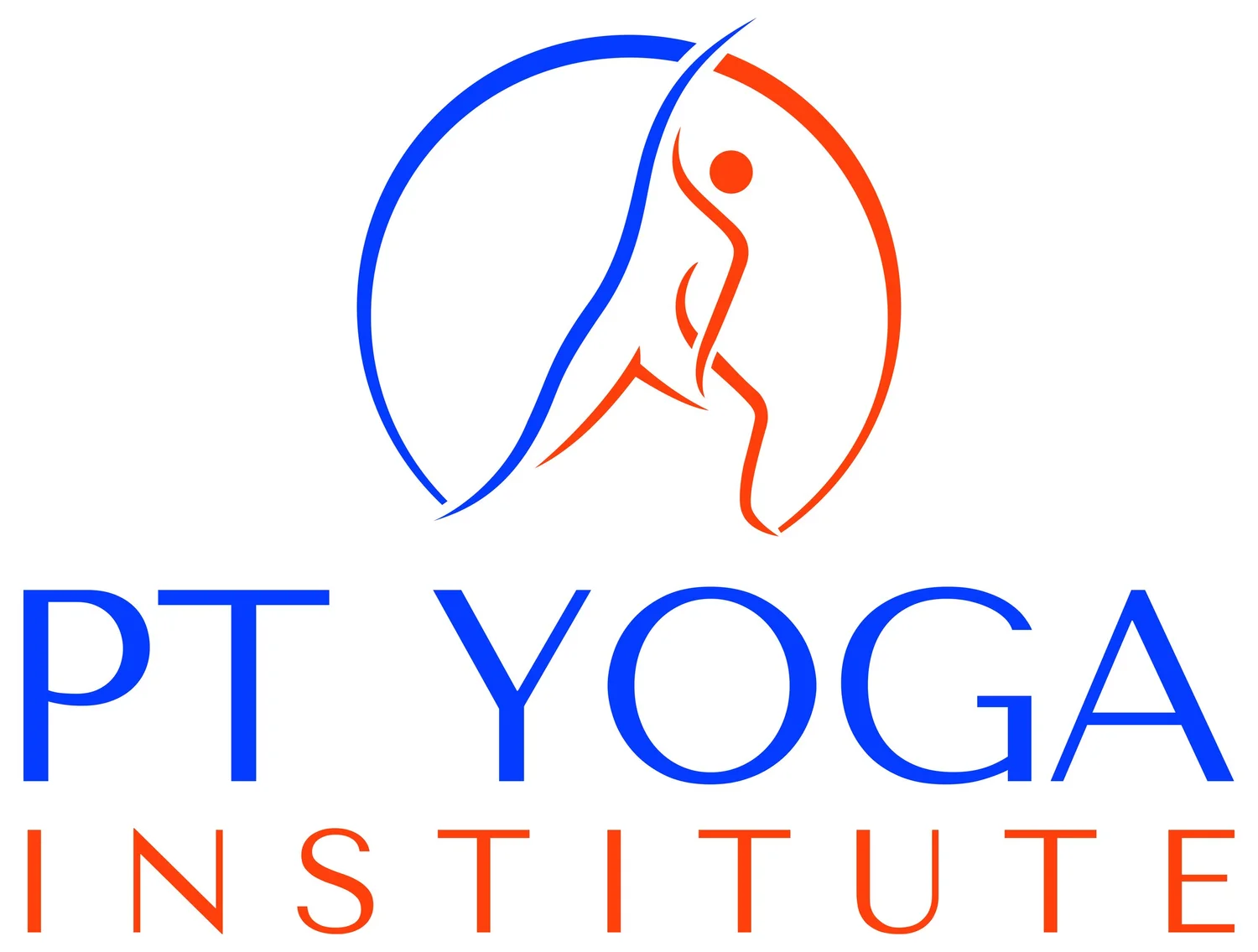Is Yoga as Effective as Therapy for Back Pain?
I’ll get to the answer, but a few details first!
This is, in many ways, a fair, and simultaneously, an unfair question. Why? First, comparing two strategies that both work is unnecessary. They are both evidence based, work for different types of patients and, most importantly, it is not a competition. But, physical therapy is an established, proven, gold standard of conservative care for low back pain and therefore, in literature, it will be the treatment used as a benchmark. So, in a way, this is understandable.
Let me give my further opinion on the fairness of comparing treatments. All treatments have a place and an ideal client/patient. It’s not expected that, when separately applied, the patients that would most improve with one treatment would most improve with all other treatments too. Is an ideal surgical patient also an ideal physical therapy patient? No.
The power of all treatments increases by magnitude when multiple treatments are applied together. A fantastic example of this is most surgical outcomes dramatically improve if physical therapy is employed before the surgery to build pre-surgical motion and strength. So imagine the power of combining yoga and therapy. Let’s ask what’s the effectiveness of combining these treatments, instead of “who does it better.”
A study in 2017 in Annals of Internal Medicine reported that their yoga program for nonspecific chronic LBP (cLBP) was noninferior to PT for function and pain. So it’s settled, yoga and PT are equally effective for back pain? Whoa, Hold on now! This could be true depending on many factors, such as who they include in the study. But this particular study left me with with these concerns regarding drawing any conclusions:
Study participants ages were 18-64; no conclusions can be drawn for ages outside of this range.
Only non-specific chronic low back pain was considered. Back pain with a known cause (ie spinal stenosis) and acute pain was excluded. So we can’t conclude yoga’s effects vs PT on chronic back pain with a known cause or on non-chronic pain (< 12 weeks).
The yoga routine was structured via a manual developed by experts and yoga’s student to teacher ratio was less than 5:1. Neither of these facts represent “normal” yoga circumstances.
The follow up for PT was lower than yoga with no explanation. Follow up is a big deal for compliance to home exercises, which can translate to better long term outcomes.
Final measurement was “noninferiority,” which was found by halving the Roland Morris minimal clinically important difference. The study acknowledges this is controversial as a measuring stick.
While certain subgroup of patients would benefit from only PT or only yoga, I would point out both treatment strategies are evidence based and, in combination, would likely do the most benefit for most patients. Comparing them is fruitless to the clinician in the trenches and involving them both will make for better outcomes. What do you have to lose trying it?


